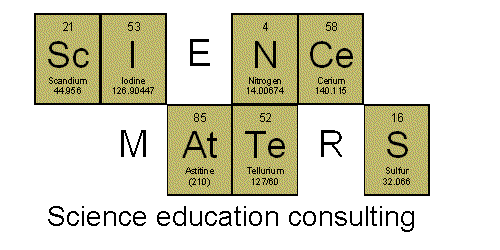I was so excited to find these courses that were largely completed online and had the possibility of earning 3 graduate credits for no cost. But, at that point I could only tell you what I'd read about and heard from the one woman I'd talked with. I fully intended to write a follow-up post, but never quite got to it... Better later than never, right....?
First, a quick synopsis -
The American Meteorological Society offers three DataStreme courses:
This is a nation-wide program for K-12 teachers. The courses are sponsored by AMS, NOAA, NASA and NWS. When accepted as a participant, your books and graduate credits are completely funded. The credits are granted by the College at Brockport SUNY.
The courses are largely conducted on-line using real-time data. You will need to travel to a class-site 3 or 4 times per course, to meet with the instructors and other students.
Now, my experience...
I enrolled in the Earth's Climate System Course in the spring of 2012. Filling out the application doesn't ensure a spot in the course, but I don't think there was a whole lot of competition for the spots, at least in my area. I've been told that preference is given to people taking their first DataStreme course (though there were people in my class taking their second or third one).
I had to drive to Albany for 3 in-person meetings. It's a little more than an hour drive for me, which is certainly reasonable since I have to drive nearly that far to get to almost anything! There were people in the class who came from much further - 2 or 3 hours away. It's a long way to go, but if you figure the cost of 3 graduate credits and the time/cost of driving to a conventional, local class 12 times during a semester, I think you come out ahead. You come out even further ahead if you can convince a colleague or someone who lives near you to take the course at the same time as you so you can carpool!
 |
| No textbook in this picture because when I went to quickly snap this pic, the textbook wasn't where it was supposed to be. Of course. |
 |
| There's the textbook. From the AMS website. |
Each week's work consisted of textbook reading and answering associated questions, 2 "labs" in the workbook (a lot of these involved looking at and interpreting data), and some current reading (found on the website) with a few questions.
My class's instructor encouraged us to brainstorm ways in which we'd use the information used presented in the lesson in our classrooms, and include that with our homework each week. This additional step made it simple to pull together our final projects as the semester wound down.
Our class submitted our weekly homework to instructors via email. Fax options may be available in some situations.
Final projects consisted of writing an action plan outlining the ways we would use the course information in our classrooms and ways in which we would share what we've learned with other teachers around us. We each gave a brief presentation highlighting the information in our papers.
During the final meeting of the semester, we gathered to share our final projects, complete course evaluations and fill out the final paperwork in order for SUNY Brockport to award our credits.
Our class had a third in-person meeting in the middle of the semester. Unfortunately the weather didn't cooperate and the meeting had to be rescheduled, causing several members of the group to miss out. And they did miss out... our group met at the National Weather Service forecasting office. We were given a tour of the office and learned what the forecasters do on a daily basis, and we were able to watch them launch one of their two-per-day weather balloons. There was lots of freedom to ask questions and take in as much as possible. Equally valuable was learning about the opportunities available for our students - possible guest speakers, field trips, etc. I obviously can't speak for everywhere, but the people in this office were very interested in outreach and working with students. It was a fantastic experience.
I really enjoyed the class and learned a lot. I had the flexibility to do the work on my own time, when it was convenient, but also had the benefit of instructors who were readily available via email and phone to answer questions and help explain information that was challenging. The course wasn't overly difficult but there were some challenging concepts to try to wrap one's brain around.
I'm looking forward to taking the other two courses at some point in the future. It will be a bit more of a commitment, as the other two are not held at locations as near to me, but when the time comes, I will make it work!
If you have any further questions about the courses or would like help registering, let me know and I'll be glad to lend any assistance that I can.


















